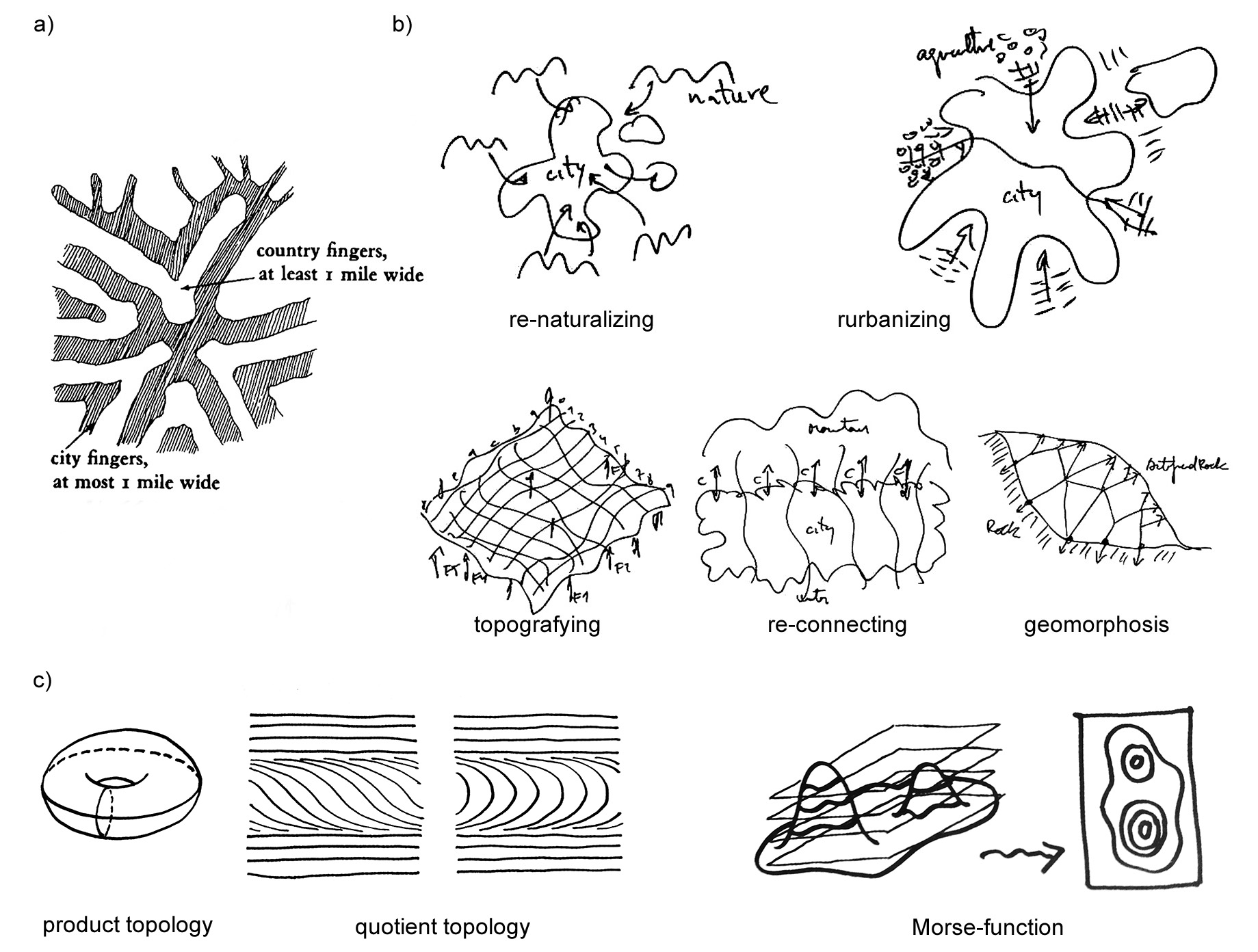ARK-E2520 - Design of Structures Theory D, Lecture, 23.10.2023-3.12.2023
Kurssiasetusten perusteella kurssi on päättynyt 03.12.2023 Etsi kursseja: ARK-E2520
Osion kuvaus
-

The course Design of Structures_Theory explores the theoretical grounding of the digital and the notion of structure as an organizational principle in architecture. Based on weekly readings and discussions the digital approach to design thinking and its impact on our understanding of architecture will be investigated. Various topics will be explored in more depth through a number of short weekly writings.
Prerequisite: completed Bachelor studies
Credits: 3 ECTS
Number of participants: max 30
Schedule
- Reading_A
- 24.10.2023 Lecture: Introduction
- Reading_I
- Reflection_I
- 31.10.2023 Group Discussion: Digital Design Thinking I: 1990s
- Reading_II
- Reflection_II
- 7.11.2023 Group Discussion: Digital Design Thinking II: 1960s
- Reading_III
- Reflection_III
- 14.11.2023 Group Discussion: Topology
- Reading_IV
- Reflection_IV
- 21.11.2023 Group Discussion: Pattern
- Reading_V
- Reflection_V
- 28.11.2023 Group Discussion: AI at Väre, room R107
Additional Reading on Architecture Theory
Nesbitt, Kate: Theorizing a new agenda for architecture theory 1965-1995, Princeton University Press, 1996
Mallgrave, Harry F. & Goodman, David: An Intro to Architecture Theory, Wiley, 2011
Hale, Jonathan A.: Building Ideas, Wiley, 2000
Assessment
Regular attendance and active participation at the group discussions is expected. The grading is based on in-time submission of the final essay (90%) as well as active participation in the discussion (10%). The overall grading follows the scheme defined by Aalto University:
5: outstanding (exceeds expectations)
4: very good (fulfils all expectations to full extent)
3: good (fulfills all expectations with minor shortcomings)
2: satisfying (major shortcomings in some areas)
1: acceptable (major shortcomings in almost all areas but meets minimum level)
0: not acceptable (major shortcomings in almost all areas)
